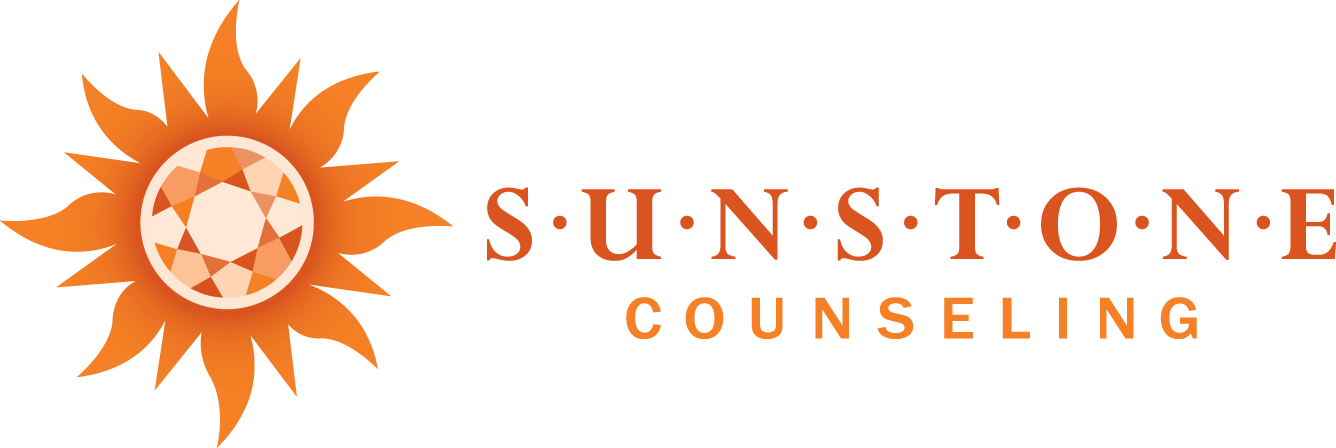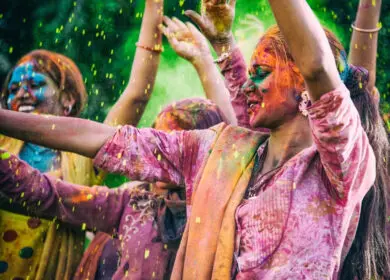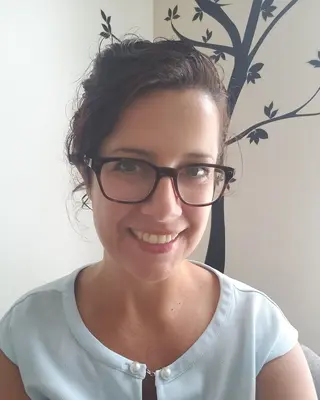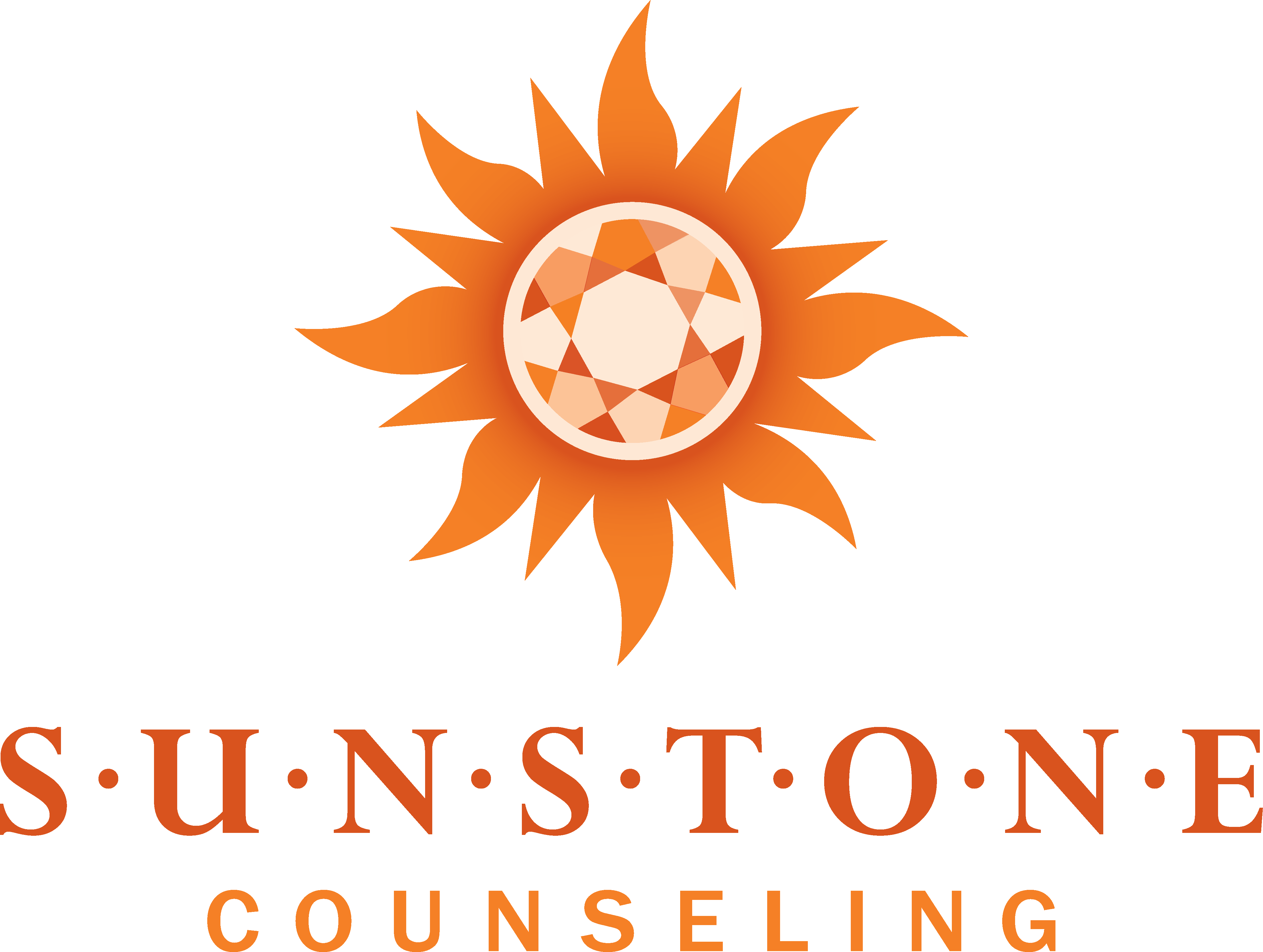Today marks the Holi holiday, an ancient Hindu festival which began in the 4th century and signifies both the arrival of Spring and the triumph of good over evil. While celebrations differ from region to region in South Asia, the holiday is usually marked with religious rituals, singing, dancing, and the throwing of vibrant colors – each of which represents a different god or concept (such as blue for Krishna, the Hindu God and green for nature and rebirth). At its core, Holi brings together families and friends to laugh, eat, celebrate, and reflect.
As I reflect this Holi, I find myself thinking about my South Asian community and its specific needs and challenges. As a counselor, I’m naturally drawn to matters around mental and emotional health and the need to create safe spaces for South Asians in therapy.
Mental health in the South Asian community
Mental health challenges have a long history of stigma and shame in South Asian culture which often means that many individuals do not seek out professional support. Influences such as community and family expectations, along with cultural traditions can make it difficult to talk about mental health, let alone seek out help.
Many South Asians face barriers to receiving mental health support such as:
- The desire to conform. As is true for many cultures, there is a deep desire to fit in with societal expectations and not stand out. Raising a flag around mental health can make someone stand out or be a “sore thumb” and could discourage individuals from getting help.
- Minimization of mental health. For some, mental health challenges are not viewed as a legitimate concern or are misunderstood. Oftentimes, people are not knowledgeable or aware of the causes and consequences of mental illness which can lead to not taking it seriously.
- Language barriers. For South Asians living in countries where they don’t speak the native language, finding resources they can understand can be an enormous challenge. There is also a dearth of South Asian counselors which can make finding a therapist that speaks their language next to impossible.
- “Airing dirty laundry.” For some, sharing problems or challenges with people outside of the family can be seen as inappropriate or a threat to the family’s reputation. “Saving face” can be a very real concern and one that keeps people from getting the support they need.
Creating better therapeutic experiences
To lower these barriers and help South Asian individuals feel more comfortable in getting support, we need more culturally competent and understanding therapists. This means more South Asian counselors in the field and that non-Asian counselors take the time to understand and learn South Asian culture.
My Sunstone colleague Jonathon Carrington recently penned an article on how white counselors can better support individuals who identify as Black, Indigenous, and People of Color, and similar approaches are needed for South Asian clients. For the therapeutic process to be as effective as possible, South Asian individuals need a culturally safe and understanding environment where they don’t have to spend time explaining their culture and instead can focus on healing and growing.
Sunstone is a community for everyone
I’m proud to call Sunstone home and to be a part of a diverse, highly trained group of counselors that cares deeply for our clients. In addition to serving our community, we’re dedicated to lifelong learning and finding ways to empathetically and effectively meet the needs of all our clients. If life’s challenges have become too much for you to handle alone, reach out to us. Together, we can build a brighter tomorrow.






